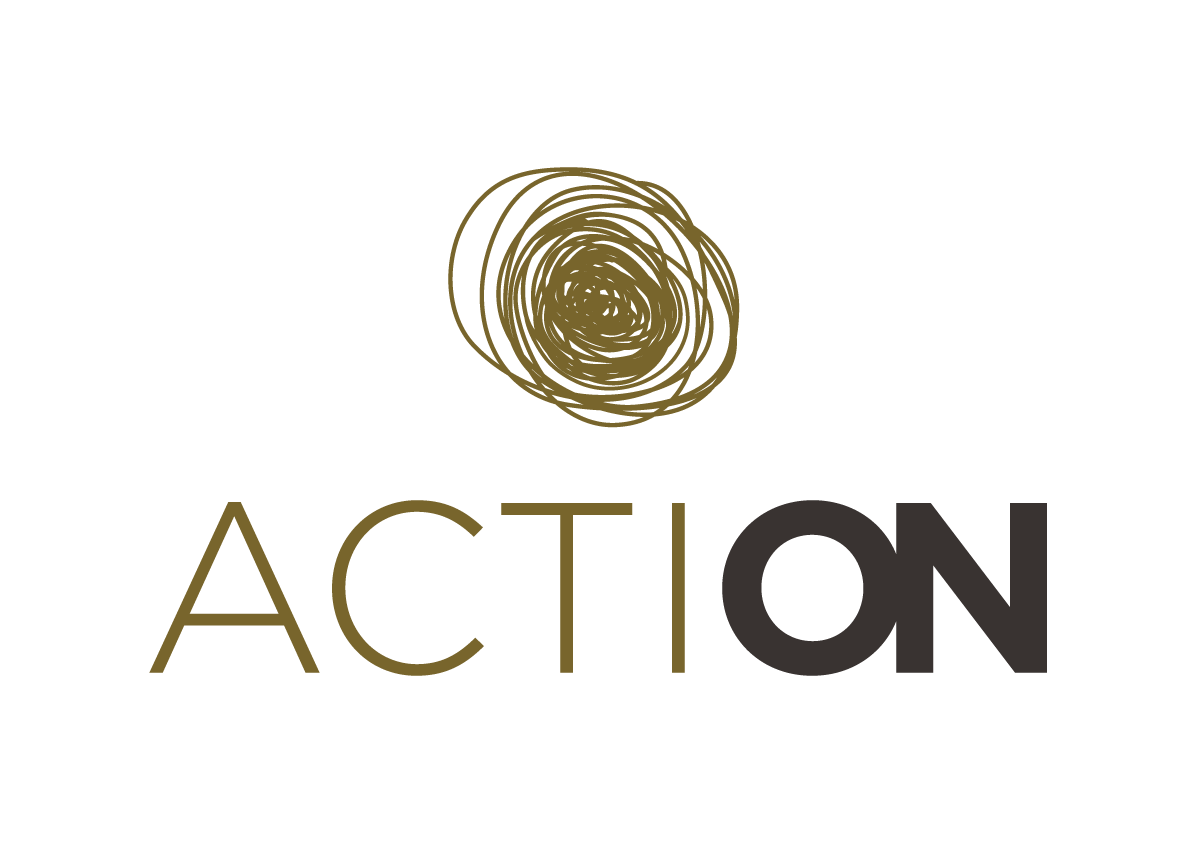Toolkit

PROBLEM FRAMING
During problem framing, projects define and refine what they want to do, and why. They outline the problem they want to solve, narrow it down to a specific aspect they want to address, gather background information on that issue to enable their project, and create a plan for what they want to do and achieve. They also explore whom they need to engage, both as citizen scientists, and as external stakeholders. At the end of this phase, projects should have a clear plan for the research that will be carried out, and the goals they want to achieve.
Guiding questions
Guiding questions
In defining and framing the problem, projects should consider the following questions:
- What is the issue at the heart of the project? Why should people care about it?
- Is the project timely? Has the issue been addressed before, and if so, why is now a good time to do so again?
- Who are the relevant stakeholders? Who would have an interest in this issue, and why? Who will be impacted if the project finds a solution to the problem?
- What are the geographic boundaries of the issue / the project? A problem such as air pollution can be global but be addressed locally, or on a wider scale. The intended scale has implications for the design of the project.
- What is the timeframe of the project; is there a set deadline, or will it be a continuous effort?
There’s three steps to cover in this phase:
- Define the research design
- Map and connect the stakeholders
- Consider research ethics
At first glance these may give the impression of being sequential, but they are actually rather iterative: Defining the overall topic should be treated as a starting point, as everything else will flow from this initial spark. But then, gathering background information and narrowing the topic can go hand-in-hand. Background and contextual information is required in order to narrow the topic, and narrowing it down to a more specific area or question will trigger the need for more background information. On the other hand, the background may already be well-understood in the project team, and narrowing the topic may not be necessary at all, if it is already very specific from the start.
Particularly for grass-roots citizen scientists and those without scientific training, a local library can be a fantastic resource to find information on a variety of topics. You can use their local or online catalogues to find relevant books and articles, or even policy reports. Librarians will be happy to help you get started using their systems. Online platforms, such as Google Scholar or Researchgate, allow you to search for research publications in a specific area, and often provide access to the research output, or contact to the authors. Most researchers will be happy to send you a copy of their publications.
It is also useful to explore the landscape of citizen science, as well as the issue at hand. Maybe there are other citizen science projects or communities already working on a similar issue, or scientists at the local university or councillors interested in the issue already. There might be businesses or (non-governmental) organisations already addressing the problem, who could be powerful allies. The stakeholder mapping tools we provide below can help to do this.
Commonly, the framing of a problem is determined predominantly by the individuals who start a project. Grass-roots citizen science projects may be framed by citizen scientists and local residents, for example, but more established research projects tend to be framed predominantly by scientists. This is not a fixed rule, however and you should consider where your project sits, and which other stakeholders your project may appeal to.
Regardless of who starts a project, at the end of the problem framing phase everyone with an interest or influence on the topic should be involved in some form.
For example, a group of citizens may want to improve air quality in their neighbourhood. From that shared issue, they decide to take action and do something about it. With that decision made, the issue becomes a project, and the citizens will need to look into the background to the problem: How is air pollution defined, how is it measured, what does their city already do in this regard? This, in turn, will allow them to narrow their focus, such as to measure a specific type of pollutant, or to influence a policy decision by their local council. That, in turn, may lead them to investigate which sensors might be useful to deploy, or exactly how the decision they are seeking to influence is made, and what options they have to engage with councillors.
On the other hand, a project could start with a researcher who has an interest in the effects of air pollution on health. They might then decide to engage citizens to measure air quality in different locations across the country, and map this data to health issues reported in that area. A researcher will likely already have some background knowledge in their respective field, and thus will focus on the specifics of the project, such as which locations would be best, or how to motivate citizen scientists to work with them.
Regardless of the project type, at the end of the problem framing phase, the project initiator(s) should have a clear view of what they want to achieve broadly (e.g. convince policy makers to address the issue of air pollution in the neighbourhood) and specifically (e.g. collect evidence for air pollution with a number of sensors located at citizen scientists’ homes for several months), and why this is important. Project goals and scope should be clearly documented before moving on to the implementation phase.
